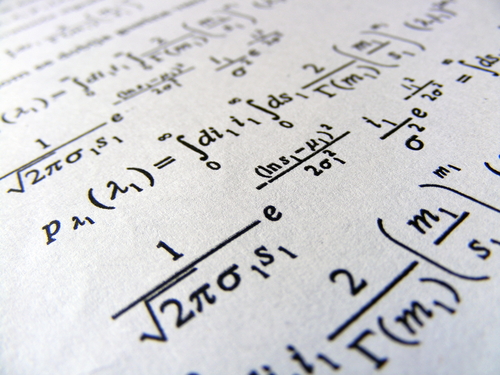If you haven't read GMAT Combinatorics 1.0, 1.1, and 1.2, you should do that before you read any further. Even if you're familiar with some of the material, you may not be familiar with my approach. Though the subtitle of this posts suggests that I'm going to discuss permutations and combinations, I'm never going to formally define either one - that's right no formulas. Just careful application of the fundamental counting principle with a couple of modifications.
GMAT & MBA Admissions Blog
GMAT Combinatorics 2.0: Permutations and Combinations
Posted by Mark Skoskiewicz on December 28, 2011 7:20:00 AM CST
Tags: Probability, Quant, GMAT Blog, Combination, Combinatorics, Permutation
GMAT Combinatorics 1.1: Practice Problems
Posted by Mark Skoskiewicz on December 27, 2011 3:45:00 AM CST

This post will give you some GMAT practice problems related to the post GMAT Combinatorics 1.0: Introduction. These will not be GMAT type problems as MyGuru takes a bottom-up approach to test prep. We want out students to learn the fundamentals first. At a later point we'll focus on useful tricks and traps to avoid in the problems solving and data sufficiency format.
1. Suppose you perform the following experiment - You flip a coin 5 times and record the results. How many different outcomes are there?
Tags: GMAT, GMAT Blog, Combinatorics
This is an introductory post on combinatorics - the art of counting. Combinatorics is one of the most difficult parts of the GMAT because it is not part of the standard American high school curriculum. With many other troubling types of problems, such as rate questions, fraction / decimal / percent problems, etc., a bit of review and a lot of practice will do the trick, but, in general, to get a handle on combinatorics problems students have to learn something new.
Tags: Probability, GMAT, GMAT Blog, Combinatorics


